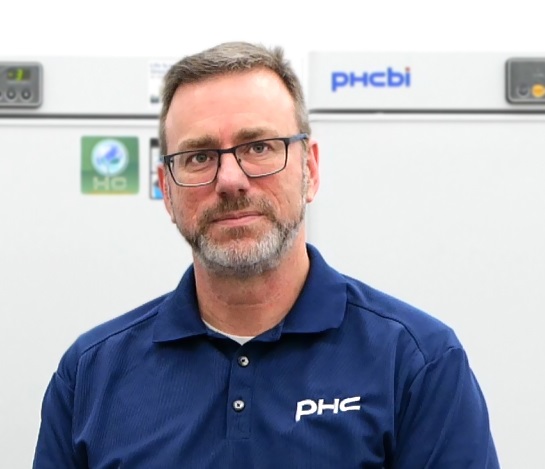Tight Temperature Controls Are Crucial for COVID-19 Vaccine Storage
Ensuring the vaccines aren’t exposed to adverse temperatures will be the biggest challenge for the -80°C Pfizer vaccines


What do you see as the main challenge for the distribution efforts of Pfizer’s COVID-19 vaccine?
I think one challenge is related to people who typically administer vaccines. In most cases, they are used to working with 2–8°C or -20°C temperatures but not with ultra-low temperatures. When you’re dealing with -80°C, the handling of those vaccines has to be different because of the temperature extremes. Ensuring the vaccines aren’t exposed to adverse temperatures will be the biggest challenge for the -80°C Pfizer vaccines.
What are the advantages of mechanical ultra-low temperature freezers for the storage of COVID-19 vaccines?
The advantage of using mechanical ultra-low temperature freezers is that you don’t have to worry about replacing the dry ice or keeping it at a high level. With dry ice, if the product isn’t used immediately, it must be replaced, and you have to ensure that you have a source of dry ice to be able to do that. It’s not all that common—you can’t just go to Walmart and find dry ice, so you have to look for a supply of it. With mechanical freezers, we can maintain those temperatures indefinitely without having to worry about replacing any consumables such as dry ice. There are also some concerns with dry ice that the sublimation process can displace the oxygen in the room that it’s in, if the storage container is kept in a confined space.
Where have you been seeing the greatest demand for ultra-low temperature freezers?
For us, one of the biggest demands has been with the distribution channels that have existing cold chain logistics divisions that require those extreme temperatures for clinical trial samples. They have been in existence for many years now, so they’ve just had to expand on their know-how and expertise to be able to handle the Pfizer vaccines for -80°C. We see a lot of installations in distribution facilities where they can keep the vaccines cold using mechanical refrigeration rather than relying on the dry ice method used by more remote areas.
How can ultra-low temperature freezers ensure that the Pfizer vaccine is maintained at the correct temperature?
Our freezers were designed to ensure long-term storage of critical samples, and that’s how the industry has focused on -80°C freezers—they’re made for storage. The requirement is that the temperature uniformity be very stable. Most freezers that are sold on the market these days are upright freezers as opposed to chest freezers, and there’s a bigger challenge with upright freezers to maintain uniformity throughout the whole chamber. All of our freezers are designed to ensure that we’re maintaining plus or minus 5°C uniformity, whether the product is stored in the top or bottom corner of the unit. Our freezers also respond when people open doors to take product out and get that temperature back to -80°C as quickly as possible.
Are there any challenges associated with keeping the vaccines at the 2–8°C required just prior to administration?
The end state with these vaccines is 2–8°C, regardless of whether it’s the Pfizer vaccine, the Moderna vaccine, or even the AstraZeneca one that’s in the pipeline now. The knowledge of how tightly that temperature has to be maintained between 2°C and 8°C will be critical once we get past the cold chain distribution requirements and down to the clinical level, especially as the vaccines get rolled out to the general population.
There will be a new national standard, hopefully by the end of January, that will outline the proper vaccine storage for 2–8°C and which units are capable of doing that. I think that’s going to be a critical aspect as we move forward. An NSF committee, on which I serve as a voting member, has been working on the standard now for five years and there has been a big push to get the standard out in the public. We formed the committee with individuals from different backgrounds—from the health care industry, the state health authorities, manufacturers, pediatricians, the FDA, and the CDC—to ensure that we would come up with the most robust standard possible.
